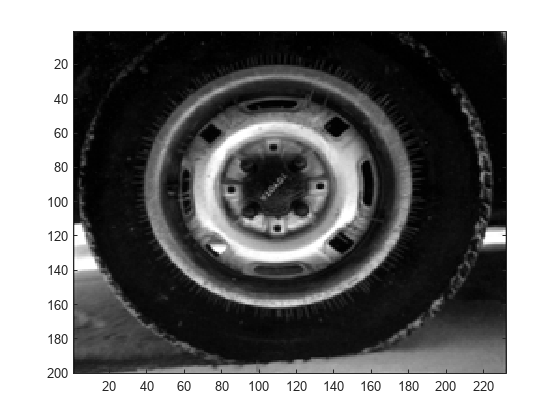wpdec2
Wavelet packet decomposition 2-D
Description
Examples
Input Arguments
More About
Tips
Algorithms
The algorithm used for the wavelet packets decomposition follows the same line as the
wavelet decomposition process (see dwt2 and wavedec2 for more information).
References
[1] Coifman, R.R., and M.V. Wickerhauser. “Entropy-Based Algorithms for Best Basis Selection.” IEEE Transactions on Information Theory 38, no. 2 (March 1992): 713–18. https://doi.org/10.1109/18.119732.
[2] Jaffard, Stéphane, Yves Meyer, and Robert Dean Ryan. Wavelets: Tools for Science & Technology. Philadelphia: Society for Industrial and Applied Mathematics, 2001.
[3] Wickerhauser, Mladen Victor. “INRIA lectures on wavelet packet algorithms,” Proceedings ondelettes et paquets d'ondes, 17–21 June 1991, Rocquencourt, France, pp. 31–99.
[4] Wickerhauser, Mladen Victor. Adapted Wavelet Analysis from Theory to Software. Wellesley, MA: A.K. Peters, 1994.
Version History
Introduced before R2006a

